|
This theory emerged in the early 2000s. Following the 2008 financial crash, "recession hair" became another economic indicator, as many forwent regular salon visits. Recession hair is really for those who want to continue to color their hair but don’t want to save by trying at-home dye kits. It involves having your hair colored in a way that allows you to extend the time between trips to the salon, allowing you to go less frequently and save money. Whether it be “recession blonde” or “recession brunette” — depending on your real hues — women are styling darker colors as part of a trend being driven by economic necessity and resulting in effortless elegance. According to GlossGenius, a salon and spa software company, “lived-in color,” referring to partial, versus full, highlights or balayage, was the favorite hair color among stylists last year. Here are links to 3 articles on "Recession Hair" from the last couple weeks:
The article from The Independent is reposted below. What is recession blonde and why is it trending? Fewer trips to the hairdresser is leading to a new colour trend The state of the economy has long been reflected in beauty trends. The Lipstick Index, coined by Leonard Lauder, son of Estée Lauder, posits that sales of "affordable luxury" items like lipstick rise when consumers sense a recession looming. This theory emerged in the early 2000s. Following the 2008 financial crash, "recession hair" became another economic indicator, as many forwent regular salon visits. Now, in 2025, TikTok has identified a new iteration of this trend: "recession blonde." “Also known as ‘recession roots,’ the trend revolves around turning grown-out roots into a choice instead of a sign that a salon visit is in order,” explains hair expert Nicole Petty of Milk & Blush. “With the cost of living and salon prices increasing, many of us are looking for ways to cut back on our spending, and pricey hair maintenance is often one of the first luxuries on the chopping block.” What is recession blonde? Recession blonde is similar to the better known ‘old money blonde’, but with a slightly less appealing name. It’s a darker, duller shade of blonde interspliced with bright strands that occur when people let their golden dye grow out. “The trend embraces a more low-maintenance approach to blonde, which allows natural roots to grow out and results in softer and more dimensional highlights that blend seamlessly,” explains stylist Adem Oygur, founder of Adem London. “Compared to the ‘old money blonde’ trend, which is polished, warm, and meticulously maintained, ‘recession blonde’ leans into a more effortless and grown-out look, whilst also being perfect for those looking to stretch the time between salon visits without sacrificing their style,” says Oygur. Of course, this newly coined term is a look many have been mastering for years, from Sarah Jessica Parker to Hailey Bieber. Cost-effective colour options While simply growing out your blonde may be the best cost-saving exercise; there are other cheaper options when colouring your hair. “Techniques like balayage, root smudging and glossing are fantastic options that are lighter on your bank balance,” says Oygur. “These methods create a more natural fade-out effect, meaning fewer touch-ups while keeping the colour looking fresh and really allow for that ‘worn in’ style that we see on so many celebrities.” Oygur also says if your colour is on the warmer side, then soft face framing with caramel highlights can add depth without relying on an overall colour top-up. Some celebrities have tried out recession blonde by blending it with growing out grey, such as Emma Thompson. “If you have grey hair, using a quasi-permanent colour rather than a full permanent dye is a great option as it blends with the greys rather than fully covering them, so you don’t get a stark regrowth line,” says celebrity hairstylist Aaron Carlo. “These quasi-permanent shades deposit colour without lifting the natural pigment, making regrowth much softer. Similarly, highlights placed under the parting, rather than bold, high-contrast streaks, help maintain a natural, blended look as the hair grows.” Low-maintenance options Recession blonde is certainly low maintenance, but if you’re looking for other ways of colouring your hair that doesn’t require six-week salon appointments, experts recommend balayage and ‘bronde’. “Balayage is a great alternative to a full head of highlights, as this colour service requires minimal maintenance with gorgeous results,” says Tina Farey, colour expert and editorial director of RUSH salons. “This means less frequent trips to the salon and no harsh regrowth line – all whilst being less damaging to your hair. Balayage is a technique that hand paints the dye onto the hair as opposed to using foils. This creates are more dimensional colour and makes the hair appear more natural and lived in. “If you do want to continue getting highlights, then I’d recommend getting a few lowlights blended throughout to eliminate the harsh regrowth and add more dimension,” says Farey. Alternatively, ombré’s are also a popular option coming back this season, as a result of people growing out old colour. “Soft ombré and natural reds are also fantastic choices because they fade gracefully and don’t require frequent root touch ups,” says Oygur. “They work well if you know you won’t be attending the salon regularly and maintaining it every six weeks.” Colour trends for spring and summer 2025
While this more muted hue suggests a move away from bright blondes – Millie Bobby Brown’s recent transformation would suggest otherwise. So, what are the anticipated colour trends for 2025? “Millie [Bobby Brown] is definitely going against the grain and doing her own thing – it’s less about following a trend and more about making a statement,” says Carlo. Hair treatments as opposed to damaging dye jobs certainly seem to be on the rise. “With prioritising hair health trending on social media, we have noticed clients taking a step away from their full head of highlights,” says Farey. “2025 is the year of the ‘timeless blonde’ – a soft, golden blonde with lots of contrasting lowlights for a more natural, almost ‘scandi-blonde’ effect. “This look exudes warmth and luxury yet has an edgy feel, thanks to the interplay of light and dark shades.” The best part: It's not just for blondes. #scandinavianhairline If you’ve ever marveled at the light, natural highlights found in Scandinavian hair, then you’re already in the know on the latest hair trend. “Regardless of their hair color, their hairline, face frames and baby hairs are so effortlessly kissed by the sun and stand out so much lighter and brighter than the rest of the hair on their head,” explains New York City hairstylist Jaclyn Seabrooke. “The way the highlights peek out from underneath around the face is so subtle and flattering, as opposed to the bold, solid money piece technique that was previously trending.” This effortless effect has given rise to the trending Scandinavian Hairline—also known as the “Scandi Hairline”—color technique. Ahead, Seabrooke shares her insight on the latest color trend we predict will be spotted everywhere this summer. What is the Scandi Hairline? “The ‘Scandi Hairline’—or Scandinavian Hairline—is a color technique that immediately brightens the edge of the hairline around the face a touch lighter and brighter than the rest of your hair to replicate how the sun hits the hairline.” The Process: Typically performed at the wash basin after other highlighting or balayage services, the “Scandi Hairline” technique involves selecting a small section of hair, about half an inch wide, along the hairline. This section is then processed with freehand lightener for a duration of up to 5 minutes. “To achieve a seamless blend, it’s important that the hairline color is just one or two shades lighter than the rest of your hair,” says Seabrooke. “This ensures a natural look that enhances the beauty of your baby hairs and hairline.” From Natural to Dramatic: The beauty of the “Scandi Hairline” trend lies in its versatility. “This technique is not just for blondes, but can be achieved for redheads, brunettes and darker hair shades that also want brightness to soften the look of baby hairs and the hairline for a really natural brightening effect,” Seabrooke explains. “The technique can look incredibly natural, seamlessly blending with your full hair color, or it can be combined with stronger face-frame highlights for a more dramatic effect.” Maintenance and Touch-Ups: To keep your “Scandi Hairline” looking fresh and vibrant, regular touch-ups are recommended every 12 weeks. For brunettes and darker shades, Seabrooke recommends incorporating a gloss or toner to eliminate any unwanted brassy tones, further enhancing the natural, sunkissed look. from NewBeauty
5 Truths Every Client Should Read |
Hair by BrianMy name is Brian and I help people confidently take on the world. CategoriesAll Advice Announcement Awards Balayage Barbering Beach Waves Beauty News Book Now Brazilian Treatment Clients Cool Facts COVID 19 Health COVID 19 Update Curlies EGift Card Films Follically Challenged Gossip Grooming Hair Care Haircolor Haircut Hair Facts Hair History Hair Loss Hair Styling Hair Tips Hair Tools Health Health And Safety Healthy Hair Highlights Holidays Humor Mens Hair Men's Long Hair Newsletter Ombre Policies Procedures Press Release Previous Blog Privacy Policy Product Knowledge Product Reviews Promotions Read Your Labels Recommendations Reviews Scalp Health Science Services Smoothing Treatments Social Media Summer Hair Tips Textured Hair Thinning Hair Travel Tips Trending Wellness Womens Hair Archives
May 2025
|
|
Hey...
Your Mom Called! Book today! |
Sunday: 11am-5pm
Monday: 11am-6pm Tuesday: 10am - 6pm Wednesday: 10am - 6pm Thursday: By Appointment Friday: By Appointment Saturday: By Appointment |
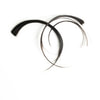


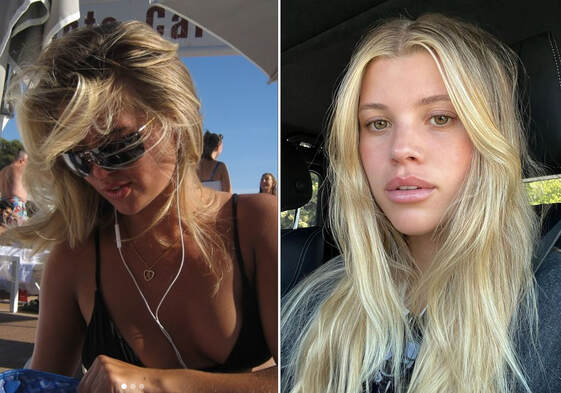
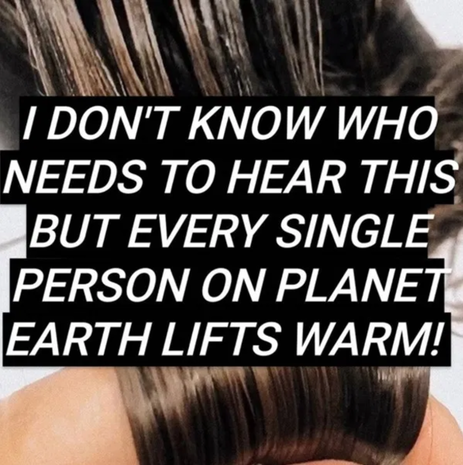
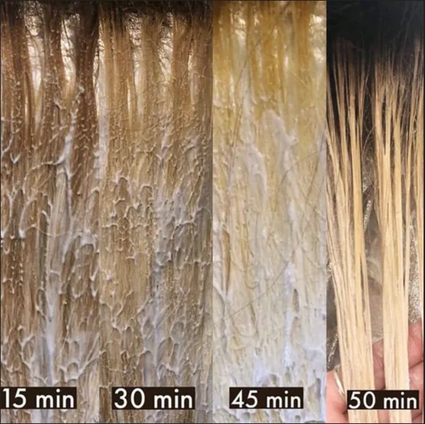
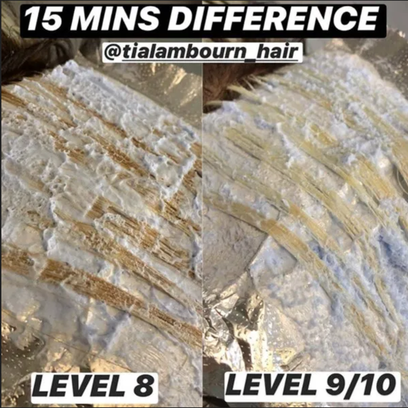

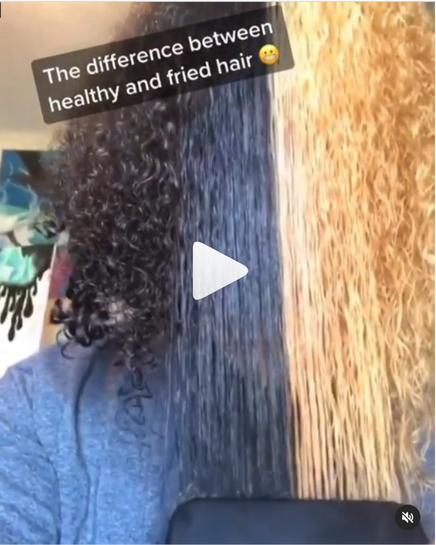
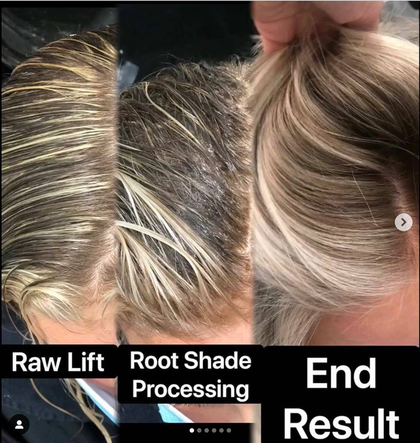
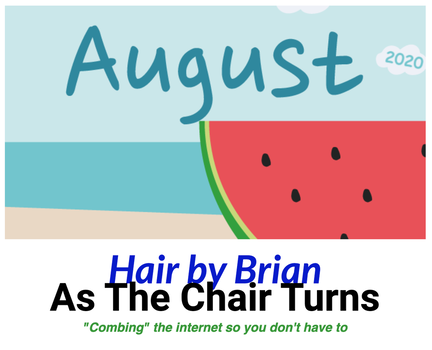
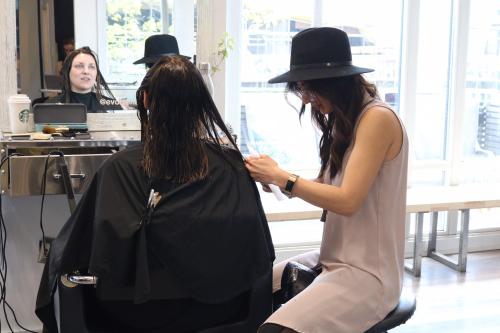
 RSS Feed
RSS Feed